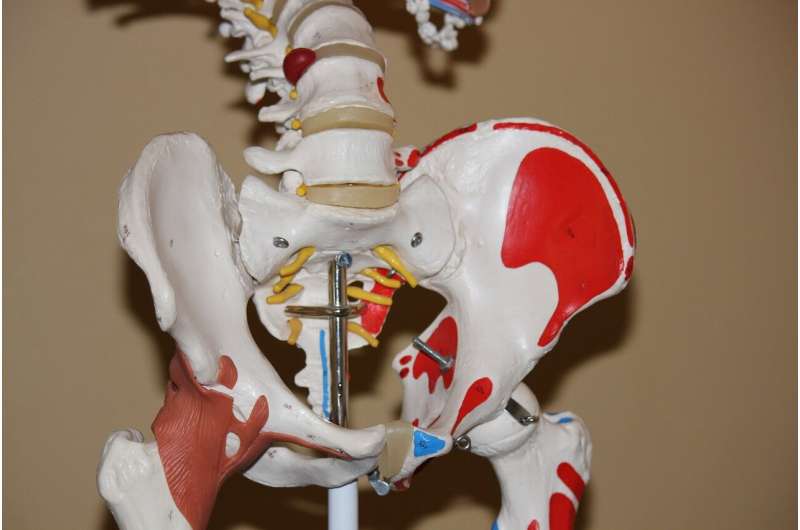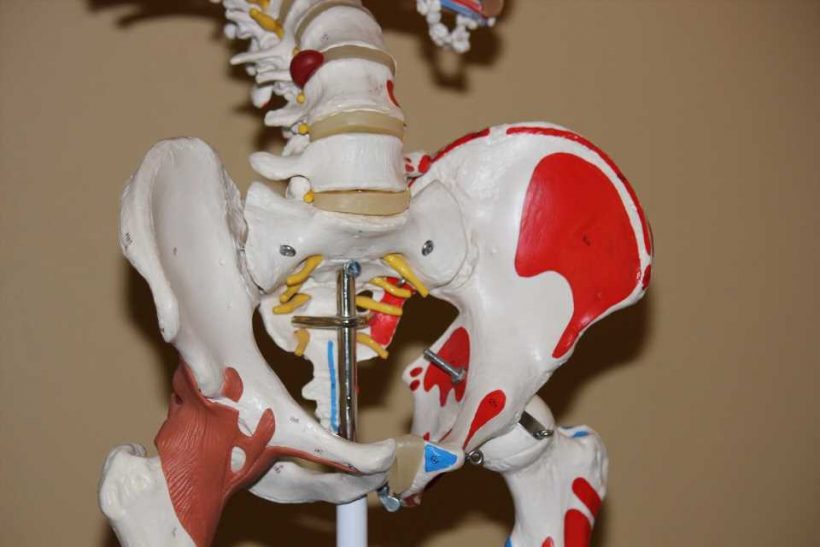
As robotic surgical systems continue to evolve and assist surgeons with improving surgical precision, a Henry Ford Health study finds that robotic-assisted surgery for hip replacement has lower rates of complications than the traditional method.
The findings, published in The Journal of Arthroplasty, are believed to be the first from a large series of patients with several years of follow-up to evaluate post-surgical complications between the two surgical options, adding to the growing body of research in the hip replacement field.
Researchers said the dislocation rate for robotic surgery was nearly four times less than the traditional method. A dislocation is a common post-surgical complication that occurs when the new implant comes out of the socket during the healing process. In addition, they said the risk for hip instability when the procedure was performed robotically was 3.5 times less than the traditional method when controlling for gender, race, age, prior spine surgery and other accepted factors that can contribute to instability.
Jason Davis, M.D., a Henry Ford joint replacement surgeon and the study’s senior author, cautioned patients not to interpret the results as robotic surgery being superior to the tried-and-true traditional method. Current research comparing outcomes between the two procedures is limited.
“Patients, in consultation with their joint replacement surgeon, should decide which surgical option is best for them,” Dr. Davis said. “Robotic surgery for hip replacement surgery continues to evolve and more larger studies are needed to better define the advantages.”
According to the Agency for Healthcare Research and Quality, more than 450,000 total hip replacements are performed each year in the United States. Hip replacement surgery has shown to be a safe and effective procedure for relieving pain, increasing motion and returning patients to their normal activities.
In their retrospective study, researchers analyzed data of 2,247 patients who underwent hip replacement surgery between January 2014 and June 2020 for several years after surgery. They sought to evaluate and compare dislocation rates and other complications post-surgery between the two procedures.
Dr. Davis said a dislocation may occur when the implant is not placed in the best position among other causes, leading to instability. Most dislocations occur within first few months of surgery and often are caused when a patient falls or engages in extreme ranges of motion like twisting or bending.
The robotic approach can benefit patients with their recovery. The robotic arm allows for more control with the surgical tools and a TV screen allows surgeons to see the bone anatomy and preparation in real time. Dr. Davis relates a common example of technological assistance to that of parking sensors on new vehicles. With distance sensors and rear-view cameras now available in most cars, drivers can more accurately park their vehicles without errors. Like surgery, most parking situations go well, but performed many times a year, this technology enables drivers better quality control.
Dr. Davis said robotic technology allows the surgeon to control and move surgical instruments precisely and has been shown to improve the accuracy for positioning the implant. The approach uses 3D imaging prior to surgery to pinpoint important markers in the hip for prepping the bone for the implant. Using a robotic surgical arm and the 3D technology, it assists the surgeon guiding the implant into place after shaping the bone and balancing the ligaments to ensure an ideal fit.
Source: Read Full Article
